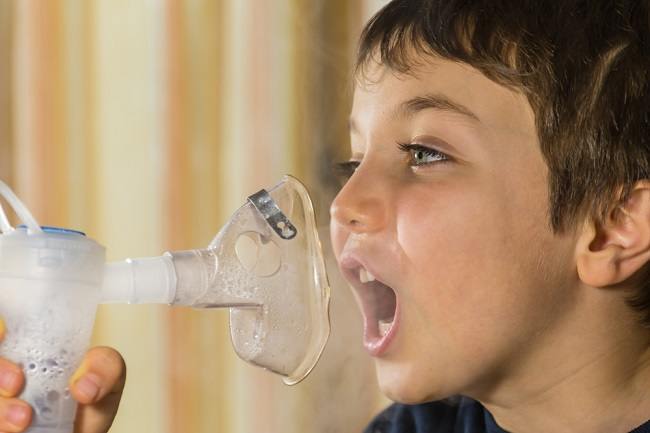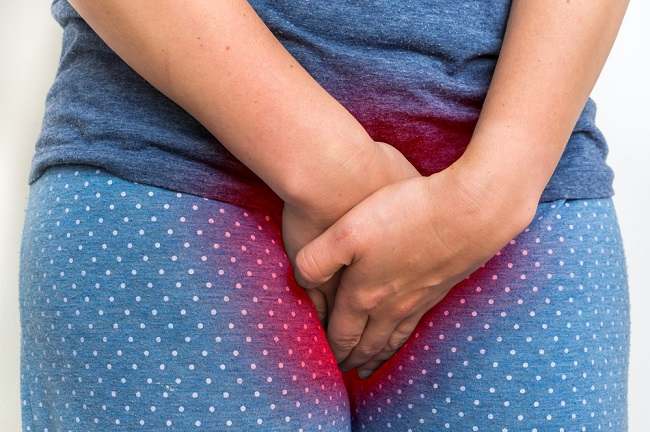The puerperium occurs for 4-6 weeks after delivery. During the puerperium, bleeding occurs like menstruation. In addition, the postpartum period may cause discomfort, there are even some conditions that should be watched out for as a sign of danger.
In addition to vaginal bleeding (lochia), there are several things that commonly occur after childbirth, ranging from discomfort during intercourse, changes in body shape, the appearance of stretch marks, hair loss, to constipation.

Although these complaints will generally decrease towards the end of the puerperium, you still need to be aware of the danger signs that may occur during the puerperium. Such as profuse bleeding, high fever, or prolonged sadness.
Recognizing Danger Signs of Postpartum
Some conditions during the puerperium that need to be considered because they can be a sign of danger, including:
- Postpartum bleeding
Postpartum bleeding can be a warning sign. This is suspect if you have to change pads more than once per hour. This condition can also be accompanied by dizziness and an irregular heartbeat.
If you experience this, you are advised to seek medical attention immediately. This condition may indicate that there is still a placenta (uterus) left in the uterus, so it is necessary to perform a curettage as a treatment.
- High fever (over 38°C)
High fever and chills can be signs of infection. This complaint can also be accompanied by pain in the abdomen, groin, breasts, or stitches (if giving birth by surgery). In addition to fever, puerperal blood that smells pungent can also be a symptom of infection.
- Huge headache
Headaches that occur in the first week of the puerperium may be a residual effect of administration of anesthetic drugs during delivery. However, if the headache is very annoying, accompanied by blurred vision, vomiting, heartburn, or swollen ankles, you need to be vigilant. This condition can be a sign of complications such as postpartum preeclampsia.
- Pain in the calf
Unbearable pain in the calf, which is accompanied by burning, swelling, and redness can be a sign of a blood clot. This condition is known as deep vein thrombosis (DVT) and can be fatal if the blood clot moves to other parts of the body, such as the lungs.
- Difficulty breathing and chest pain
Chest pain accompanied by shortness of breath can be a sign of a pulmonary embolism. Pulmonary embolism is a condition where blood flow to the lungs is blocked, usually due to a blood clot. This condition can be life threatening, especially if vomiting blood or loss of consciousness also occurs.
- Urinary disturbances
Unable to urinate, unable to control the urge to urinate, wanting to urinate constantly, pain during urination, and dark urine can be signs of certain medical conditions. Depending on the symptoms experienced, these problems can be a sign of dehydration, disorders of the intestinal or pelvic muscles, to infections of the bladder or kidneys.
- Feeling sad constantly
Changes in hormone levels and the emergence of responsibilities after giving birth, can make mothers experience baby blues. Symptoms can include feelings of restlessness, anger, panic, fatigue or sadness. Generally this condition goes away within a few days or weeks. If these feelings don't go away, even if they are accompanied by hatred, suicidal ideation, and hallucinations, you may be experiencing postpartum depression. This condition is classified as dangerous and needs to be treated immediately.
Knowing the danger signs during the postpartum period can help new mothers and those around them to be more careful. If you experience or see danger signs during the puerperium, it is advisable to immediately consult a doctor, in order to get the right treatment.









